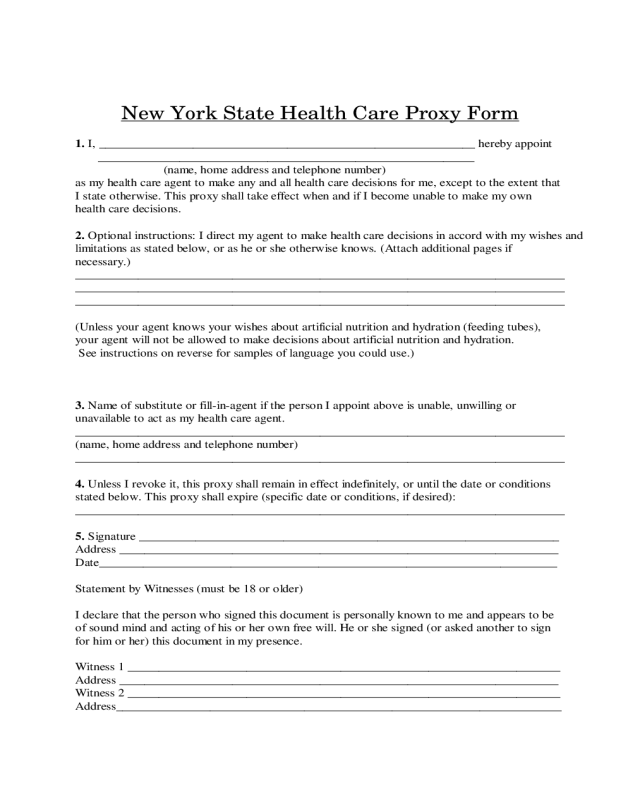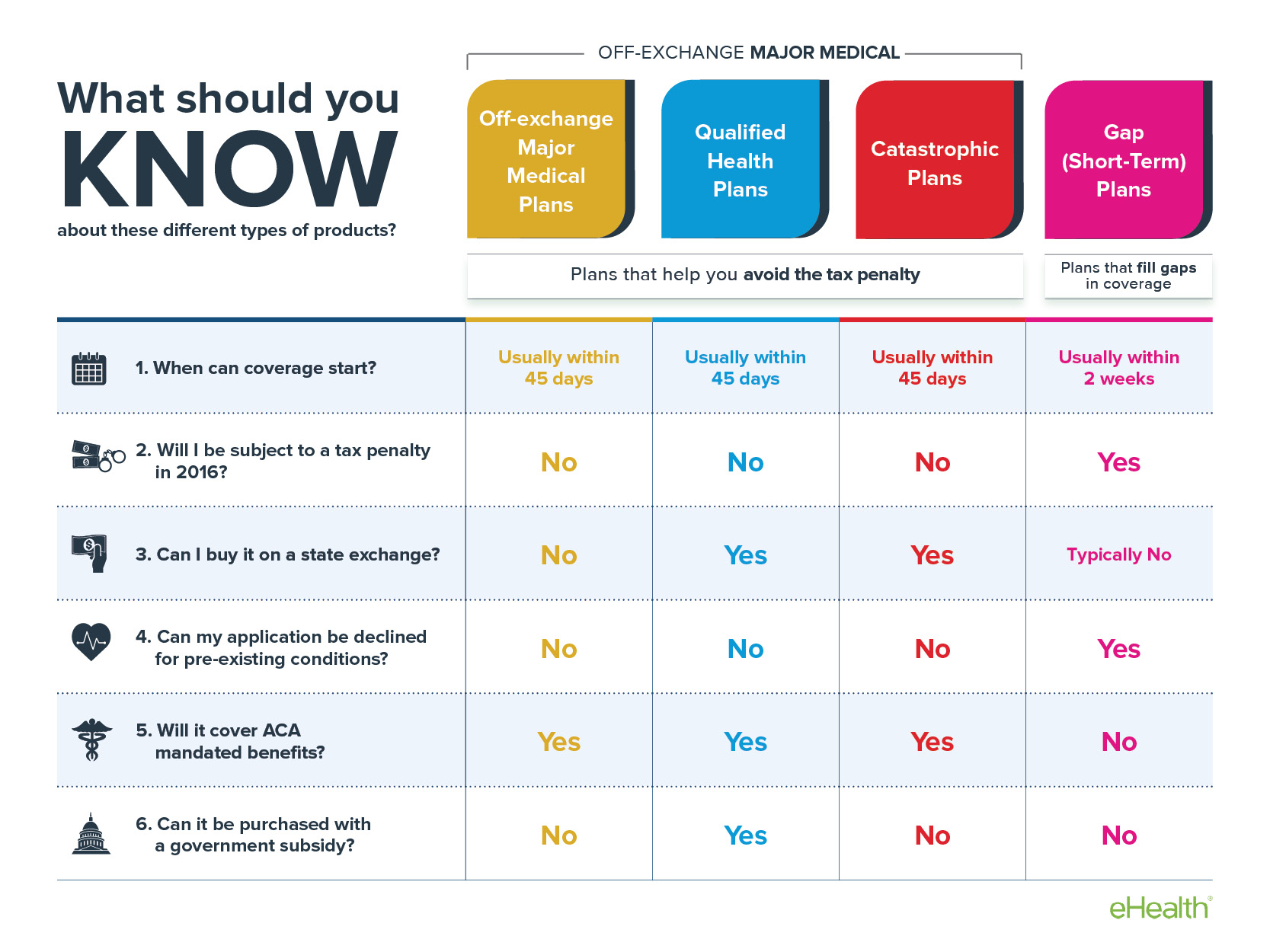Simply put, high medical cost individuals usually would not know they are in the threat pool. Assuming they have actually preserved constant protection, high-risk individuals are anticipated to pay the very same cost for their medical insurance as people who are healthy. In addition to the differences in between Obamacare and Trumpcare, there are also crucial variations between the plans presented by the House of Representatives vs.
health care protection in the future, you will need to be able to find the very best insurance coverage prepare for you and your family. You can compare strategies at eHealth, and work with our licensed brokers in any state to pick a strategy that satisfies your needs and spending plan. Our professional services are readily available at no cost to you and we can help you enlist in plan by phone, through our chat, or online.
Democrats counter that this "plan" is a phantom, a dream, something President Trump and other Republicans keep promising but never provide. It's as though the GOP states, "We have a strategy to make car theft unlawful!" while its members go around smashing people's automobile windows (what is single payer health care). On a simply factual basis, the Democrats are absolutely right. 9% Medicare payroll surtax on incomes over that limit and a 3. 8% tax on net investment earnings. The latter tax is steeply progressive, with the top 1% paying 90% of the tax, as financial investment income is highly concentrated with the wealthy. The ACA also developed a penalty tax (associated to the private required) for individuals without adequate insurance, an excise tax on employers with 50 or more employees who provide insufficient coverage, yearly fees on health insurance companies, and the "Cadillac tax" (yet to be carried out as of 2017) on generous employer-sponsored health insurance.

The Republican politician expenses (AHCA and BCRA) essentially repeal all of the taxes, penalties and charges and delay the "Cadillac tax" further. The Tax Policy Center estimated in March 2017 that the AHCA would significantly minimize taxes for the wealthy, with those IRS tax units (an approximation for households) making over $200,000 per year (the top 6%) getting 70.
Those with incomes over $1 million (the leading 0. 4%) would see a tax decrease of $51,410 usually, receiving 46% of the advantage. In basic, those with earnings over $50,000 would see a tax cut, while those with earnings below $50,000 would see a tax boost. Those with earnings listed below $10,000 would see a tax cut as well, but this advantage would be balanced out overall by reductions in Medicaid accessibility.
The Which Level Of Health Care Provider May Make The Decision To Apply Physical Restraints To A Client? Ideas
The Center on Budget Plan and Policy Priorities Substance Abuse Treatment (CBPP) reported that "Your home expense would represent the largest transfer in modern-day U.S. history from low- and moderate-income people to the very rich." CBPP also wrote: "Millionaires would gain roughly $40 billion in tax cuts yearly ... approximately comparable to the $38 billion that 32 million homes in hardship would lose from cuts to their tax credits and Medicaid." Medicaid is the U.S.
It is the primary payer of assisted living Alcohol Detox home care. The ACA (existing law) broadened Medicaid eligibility; 31 states and the District of Columbia implemented the growth. Around 41% https://gumroad.com/ithriso5b1/p/excitement-about-what-is-health-care-financing of Medicaid enrollees are white, 25% are Hispanic, and 22% are black. The percentage of white receivers in crucial swing states are 67% in Ohio, 59% in Michigan, and 58% in Pennsylvania.
Many of the cost savings (deficit reduction) under AHCA and BCRA is due to reductions in Medicaid costs and coverage relative to present law. CBO approximated that there would be 15 million fewer Medicaid enrollees relative to existing law by 2026, the largest part of the reduced coverage gone over above.
This would minimize Medicaid spending in 2036 from 2. 4% GDP under existing law to 1. 6% GDP. The decreases are driven by lowered funding to states for those who became covered under the Medicaid expansion in the existing law (ACA), minimizing the inflation index utilized to compute per-enrollee payments to states, and removing protection mandates.
According to researchers at the Milken Institute School of Public Health at George Washington University, the AHCA legislation would cause a loss of 924,000 jobs by 2026. The group also studied the BCRA, which would cost an approximated 1. 45 million jobs by 2026, consisting of over 900,000 in healthcare.

The Ultimate Guide To How To Get Free Health Care
Further, gross state products would be $162 billion lower in 2026. States that broadened Medicaid would bear the impact of the economic effect, as federal government funds would be lowered more substantially. Under both the ACA (existing law) and the AHCA, CBO reported that the health exchange marketplaces would stay steady (i.
Yale Law School teacher Abbe R. Gluck, the director of the Solomon Center for Health Law and Policy, composes that Republican chosen authorities have taken a variety of actions to "mess up" the ACA, producing uncertainty that has actually likely adversely impacted registration and insurer participation, and then firmly insisting that the exchanges remain in trouble as an argument for rescinding the ACA.
Medical insurance writer Louise Norris mentions that Republicans messed up the ACA through: Suits, both successful (Medicaid growth restricted) and not successful (mandates and insurance aids supported). Claims pending, such as whether cost-sharing subsidies should be paid. President Trump is threatening not to pay these subsidies. Prevention of appropriations for transitional financing (" threat passages") to steady insurance markets, resulting the bankruptcy of many co-ops offering insurance coverage.
Decrease to financing for advertising for the 2017 exchange registration period. Ongoing persistence, regardless of CBO assertions to the contrary, that the exchanges are unsteady or in a "death spiral". Social Security expenditures would decrease due to earlier mortality: "CBO also approximates that expenses for Social Security advantages would decrease by about $3 billion over the 20172026 duration." Medicaid expenses would increase due to decreased access to contraception.
Every year one in 830 uninsured Americans die in a manner which might have been prevented with better health care. A Congressional Spending Plan Workplace report recommends an extra 16 million individuals would be left uninsured resulting in 19,277 preventable deaths. Other uninsured people would develop painful chronic conditions or irreversible impairments which might have been prevented with medical insurance.
The Best Strategy To Use For What Is Universal Health Care
The AHCA will include age-based tax credits for those who earn less than $75,000, or $150,000 for joint filers. The expense would have needed insurance provider to cover pre-existing conditions. The AHCA utilized a standard of 'continuous protection', specified by a 63-day coverage gap, where a person who currently has insurance and is changing insurance companies will not pay a greater rate with their new insurance provider.